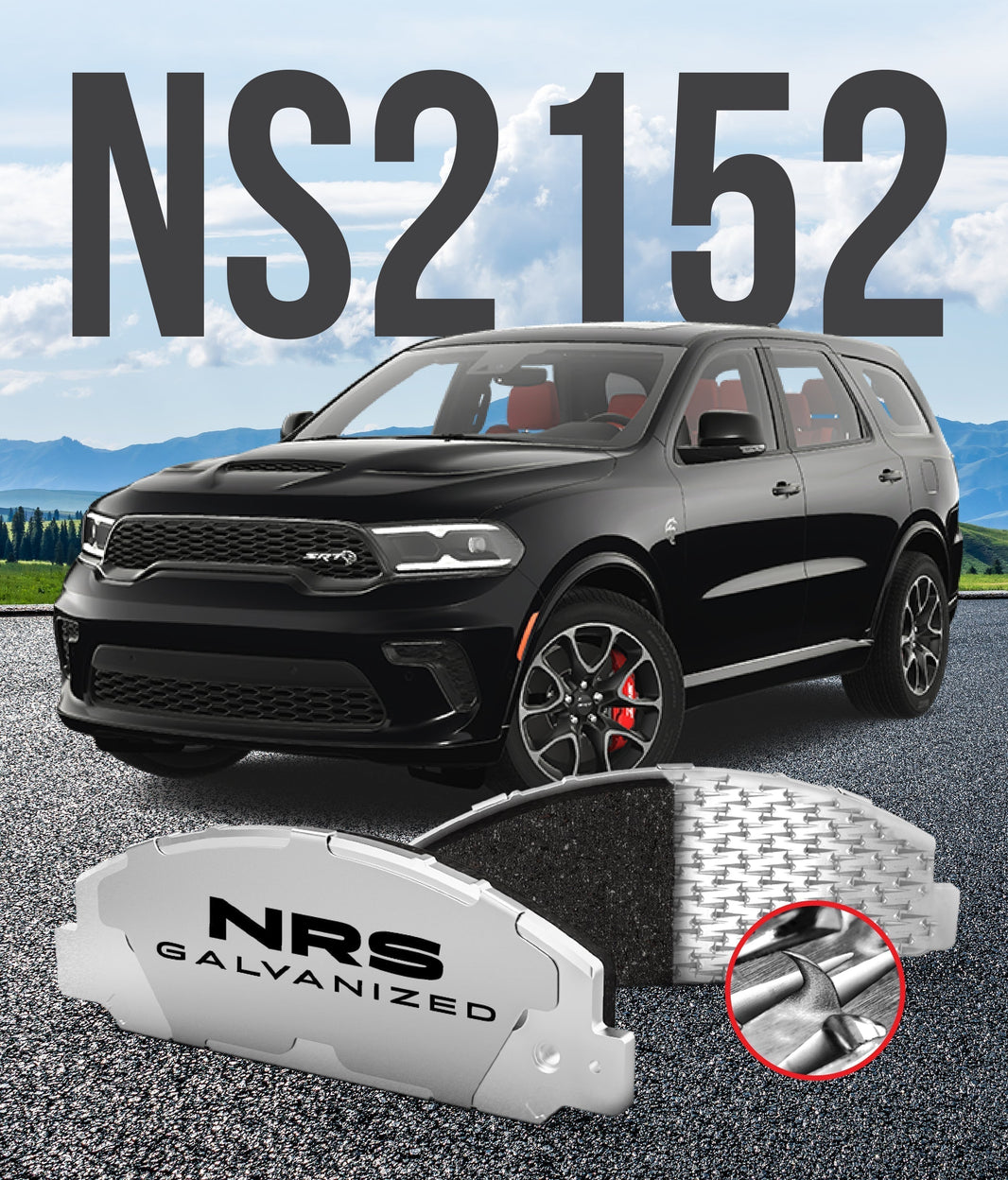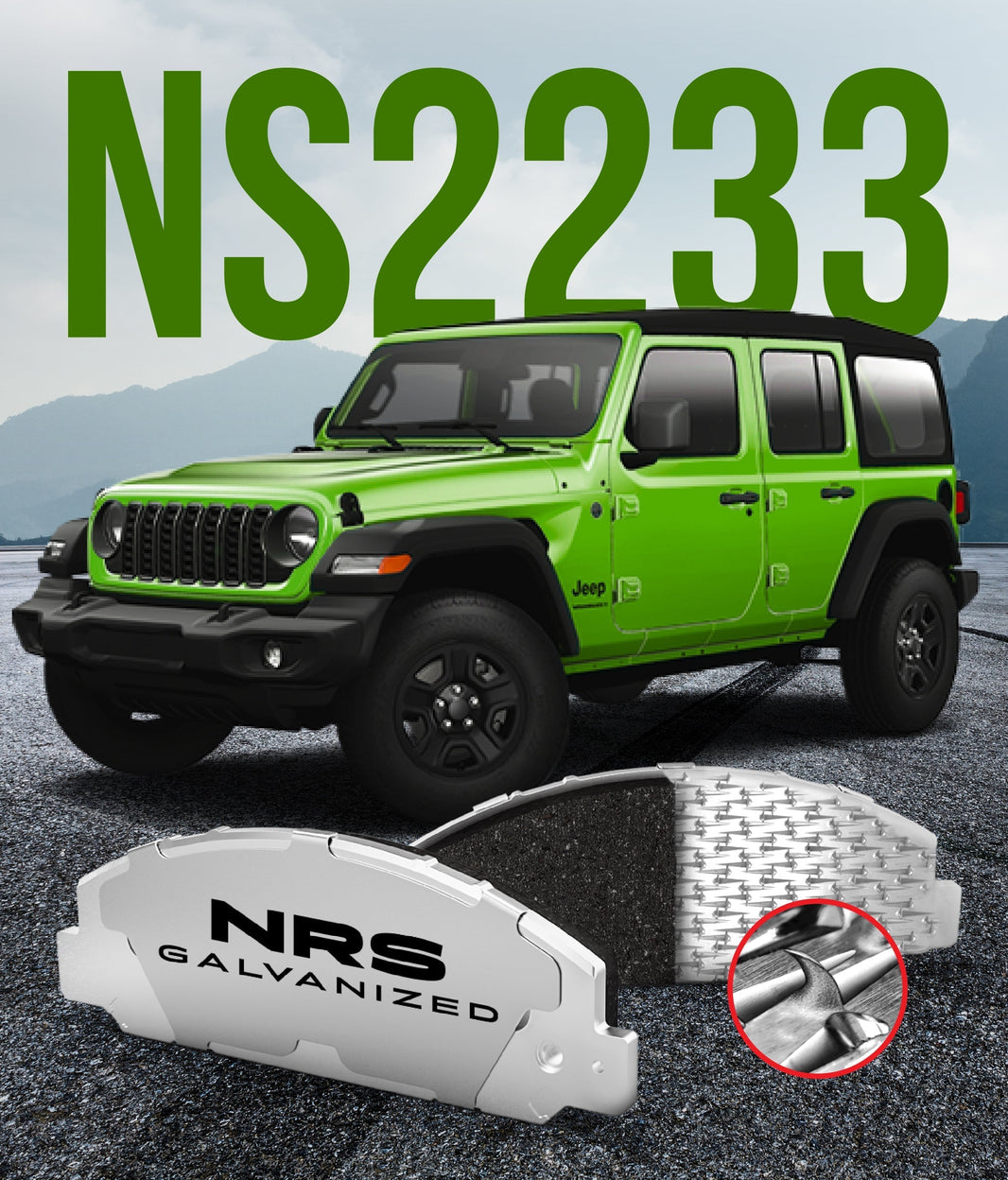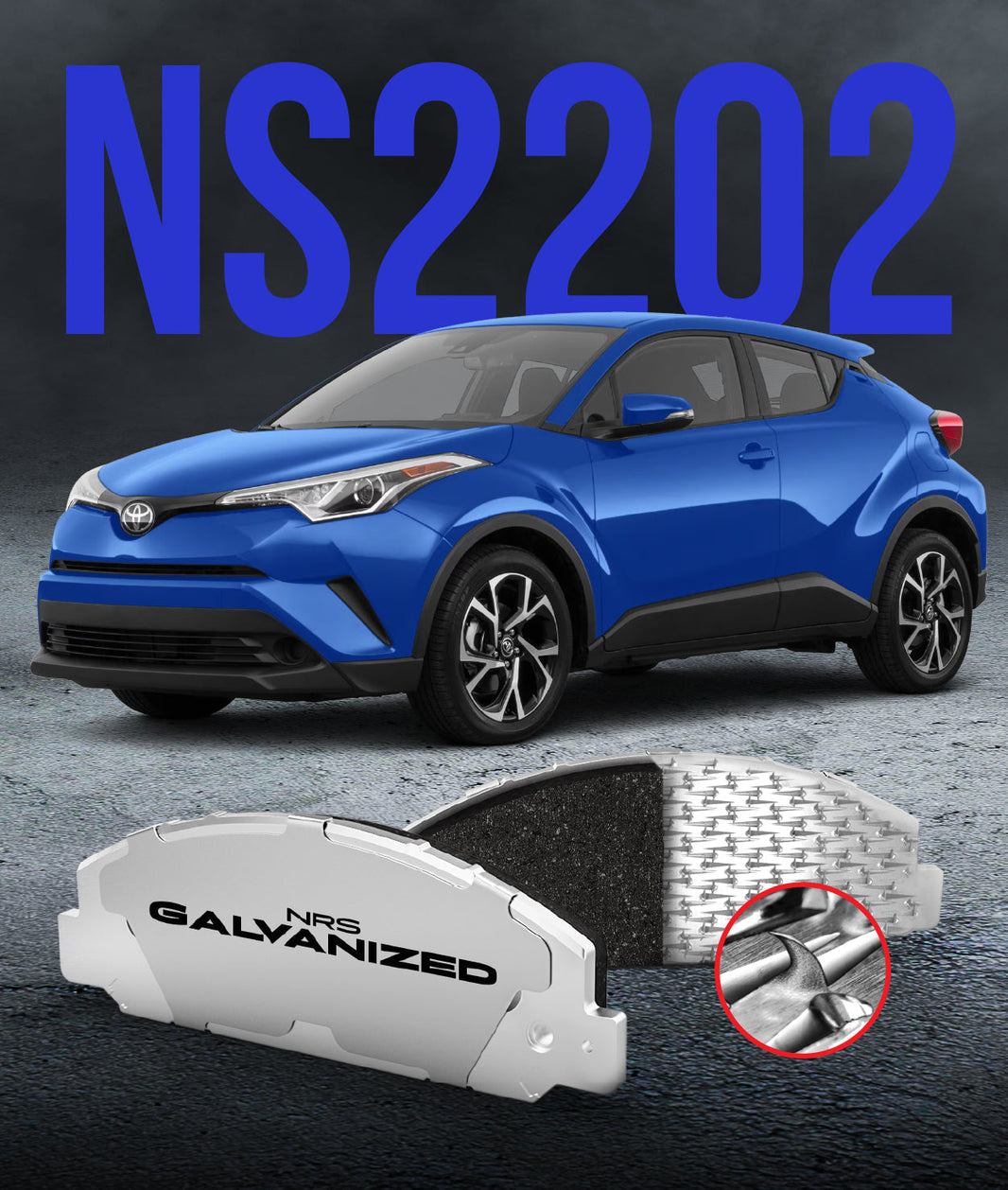
Tackling your own car maintenance offers a unique satisfaction, and few jobs are as approachable for a home mechanic as a brake replacement. It promises significant cost savings and gives you direct control over the quality of your vehicle's most critical safety system. However, this is one job where small errors can have very serious consequences.
While changing brake pads and rotors is straightforward in theory, several common DIY brake installation mistakes can lead to poor performance, strange noises, or even outright failure. This guide will walk you through the five most frequent missteps. Avoiding them will ensure your brake job is not just successful, but safe and effective for many miles to come.
Before You Begin: The Importance of Preparation
A successful outcome starts long before you lift the car. Rushing into a brake job without the right preparation is a recipe for frustration and mistakes. You must begin with the correct tools, a clean and safe workspace, and a clear understanding of the task ahead.
First, confirm you are getting the right parts for your specific year, make, and model. Second, always prioritize safety by using proper jack stands—never work on a car supported only by a jack. Finally, have a good repair manual or a reliable online tutorial for your vehicle ready to consult.
Mistake #1: Neglecting the Caliper and Its Hardware
This is arguably the most common oversight in a DIY brake job. Many people focus only on swapping the old pads and rotors for new ones. They completely ignore the brake caliper, the hydraulic clamp responsible for squeezing the pads against the rotor.
Think of the caliper as a hydraulic hand. If its fingers, the slide pins, are stiff and cannot move freely, it cannot apply pressure evenly. This leads to a host of problems that new pads alone cannot fix.
Ignoring Slide Pins
The brake caliper must be able to slide back and forth freely on a set of guide pins, often called slide pins. Over time, the grease on these pins dries out, and they can seize up with corrosion and brake dust. If you do not clean and re-lubricate these pins, the caliper will bind.
A binding caliper can cause severe uneven pad wear, as only one pad will be doing most of the work. It can also cause the brakes to drag, which generates excessive heat and can warp your new rotors. Always use a high-temperature, silicone-based brake grease for this job.
Forgetting About the Piston
The caliper piston is the round plunger that pushes the inner brake pad. You must retract this piston back into the caliper body to make room for the thicker, new pads. It should retract smoothly with steady pressure from a C-clamp or a specialized tool.
If the piston is difficult to push back, it may be corroded or seized in its bore. You should also carefully inspect the rubber dust boot around the piston. A torn boot will allow water and debris to enter the caliper, causing corrosion and eventual failure.
Mistake #2: Improper Surface Preparation
A great brake job is all in the details, and clean mating surfaces are non-negotiable. Brake components operate with very tight tolerances, and even a small amount of rust or debris in the wrong place can cause vibrations and noise. Taking a few extra minutes with a wire brush is time well spent.
Many DIYers are in such a hurry to install the new parts that they mount them on top of dirty, unprepared surfaces. This fundamentally compromises the quality of the job.
-
Rotor Hub Surface: The surface of the wheel hub where the rotor mounts must be perfectly clean. Use a wire brush or abrasive disc to remove all rust and scale, as any imperfection here can cause rotor runout, leading to a pulsating pedal.
-
Caliper Bracket: The metal ledges on the caliper bracket where the brake pad "ears" sit must be cleaned down to bare metal. Rust buildup here can prevent the new pads from moving freely, causing them to bind or wear at an angle.
-
New Rotors: Most new brake rotors come with a thin, oily anti-corrosion coating. You must remove this coating from the friction surfaces with brake cleaner and a clean rag before installation. Failure to do so can contaminate your new brake pads.
Mistake #3: Mishandling the Brake Fluid System
The hydraulic system is the lifeblood of your brakes, and it is surprisingly easy to damage or compromise. Many of the most serious DIY brake installation mistakes involve the caliper hose and brake fluid. A moment of carelessness here can lead to a soft pedal or worse.
Never let the brake caliper hang by its flexible rubber hose while you are working. The weight of the caliper can strain the hose, causing internal damage that can lead to a restriction or a future failure. Use a bungee cord or a piece of wire to hang the caliper securely from the suspension.
Mistake #4: Skipping the Final Torque and Bed-in Procedure
Getting the new parts on the car is not the end of the job. The final steps are just as critical for safety and performance as the installation itself. Rushing through the reassembly process can lead to loose components or brakes that never perform as they should.
Many people skip these procedures, thinking they are unimportant. However, they are essential for ensuring the system works correctly and provides optimal performance.
-
Torquing to Spec: Critical bolts, like those holding the caliper bracket to the knuckle, must be tightened to a specific torque value using a torque wrench. Similarly, your wheel's lug nuts must be torqued in a star pattern to ensure the rotor sits flat against the hub.
-
Pumping the Pedal: After everything is reassembled, the very first thing you must do before driving is pump the brake pedal several times. This pushes the caliper piston back out and seats the new pads against the rotor. Forgetting this step will result in no brakes on the first pedal press.
-
Bedding-In the Pads: This is the most frequently skipped step. Bedding-in involves a series of controlled stops to transfer an even layer of the pad's friction material onto the rotor. This process ensures smooth, quiet, and powerful braking for the life of the pads.
Mistake #5: Choosing the Wrong Parts for the Job
Your brake job can only be as good as the components you install. While it may be tempting to save money with the cheapest available parts, this is almost always a mistake. Choosing parts based solely on price often leads to issues with noise, excessive dust, and poor stopping power.
Research the right type of brake pad material for your vehicle and your driving style. A heavy truck used for towing has very different braking needs than a small commuter car. Investing in quality, well-engineered components is a direct investment in your safety.
Conclusion: Do It Once, Do It Right
A DIY brake installation is a rewarding project that can save you a great deal of money. However, the margin for error is small, and the consequences are significant. A successful, safe brake job depends on attention to detail at every step of the process.
By avoiding these common mistakes, you can ensure your work is effective and reliable. Remember to focus on cleaning and lubricating all moving parts, preparing every surface, and following the correct final procedures for the entire braking system. At our company, we believe that safety starts with quality, which is why we produce some of the Best Brake Pads available, engineered to deliver confidence on every stop.
What is the most important lesson you have learned from doing your own car repairs?




